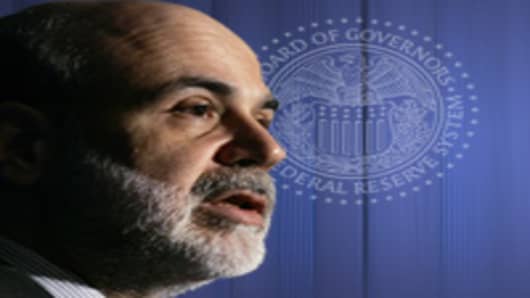As Fed Chairman Ben Bernanke indicated recently on 60 Minutes, today's FOMC statementindicates that the Federal Reserve feels that the U.S. economy has only tentatively achieved escape velocity, such that the Fed must continue to provide fuel to push the rocket ship further into orbit.
This is obvious in the fact that the Fed improved only slightly upon its assessment of the U.S. economy, as well as by the Fed's characterization of growth as "insufficient to bring down the unemployment rate." So little was changed in the policy statement that it gives the impression the Fed feels amply justified in maintaining its asset-purchase program. This was likely an intention of the statement.
Looking ahead, the Fed suggested that its asset purchase program will remain scaled to economic and financial conditions, as evidenced in the following statement, which was identical to the one delivered on November 3rd:
"The Committee will regularly review the pace of its securities purchases and the overall size of the asset-purchase program in light of incoming information and will adjust the program as needed to best foster maximum employment and price stability."


